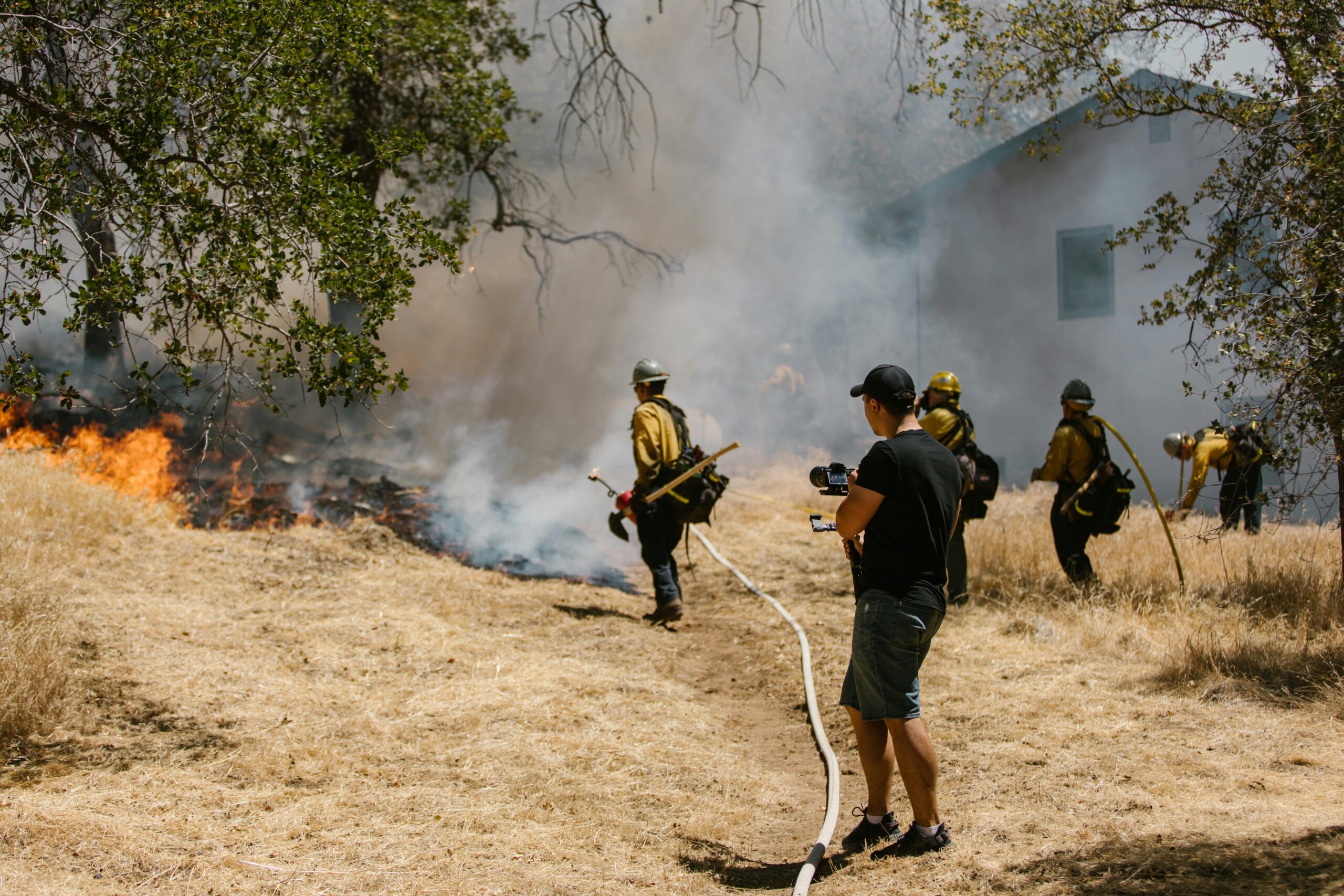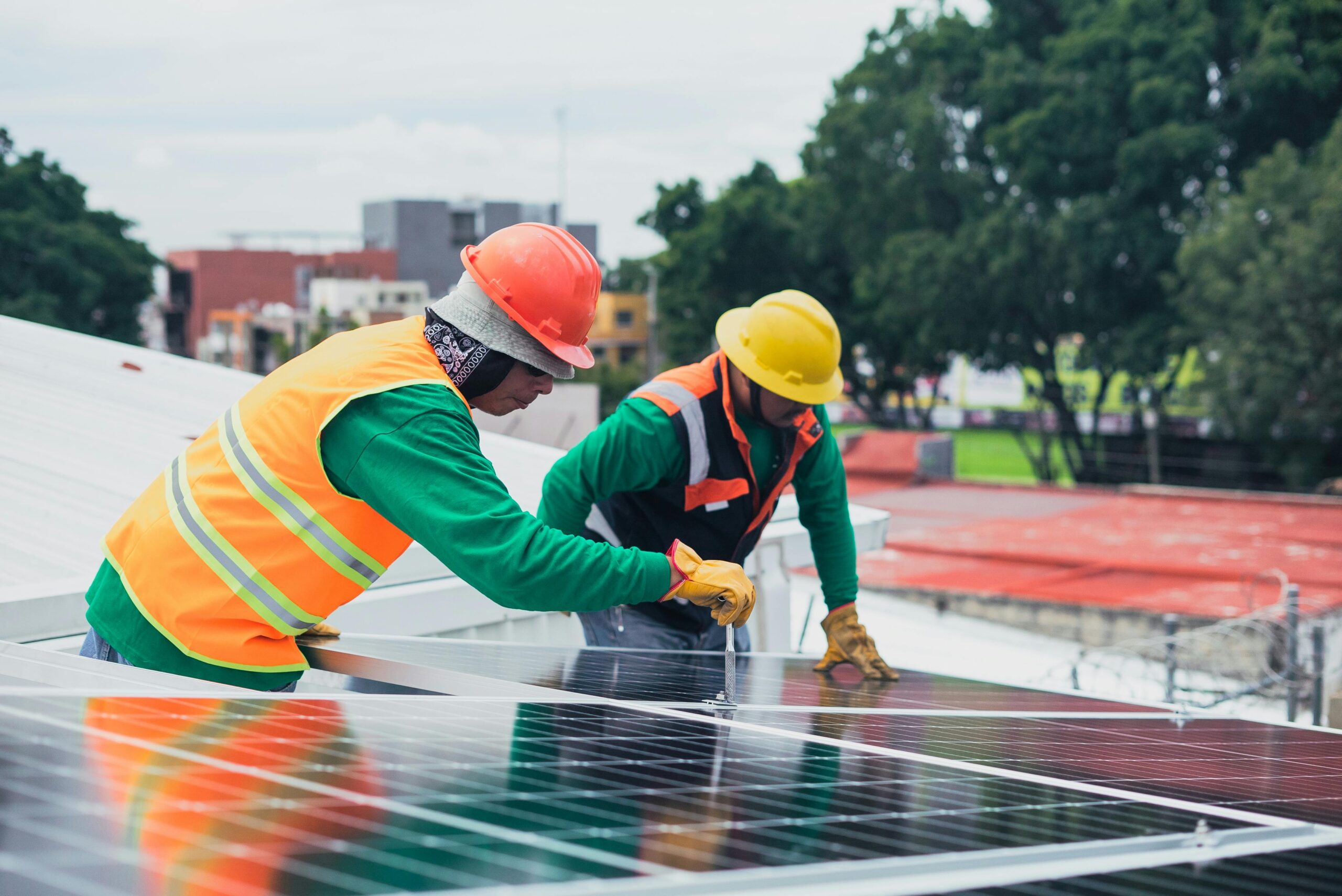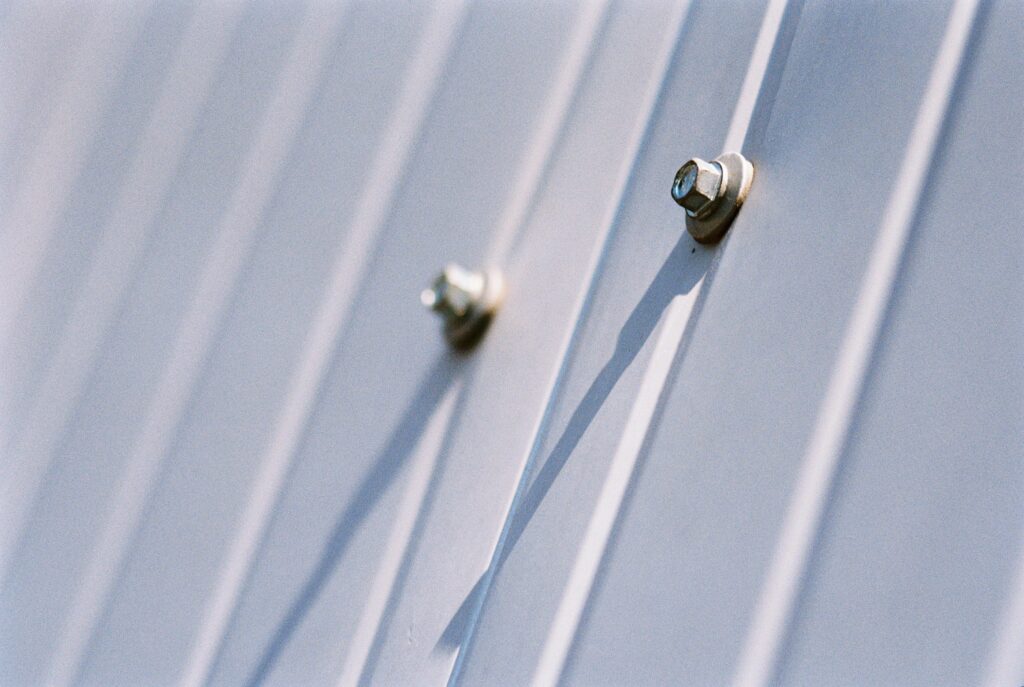Ever heard a bump in the night and wondered if your home security could withstand an actual break-in? Yeah, us too. According to FBI statistics, a burglary occurs every 26 seconds in the U.S.—and most happen when no one’s home. Installing a safe might not be the first thing you think of, but it’s a game-changer for safeguarding valuables and reducing insurance premiums.
In this guide, we’ll explore everything from why proper safe installation matters to actionable tips on securing your belongings. Along the way, you’ll learn how doing it right can save you money on burglary insurance while keeping thieves at bay. Spoiler alert: It’s not as simple as “buy a big box and stick it somewhere.” Let’s dive in!
Table of Contents
- Key Takeaways
- The Hidden Costs of Poor Safe Placement
- Step-by-Step Guide to Proper Safe Installation
- 3 Safe Installation Best Practices (and One Big No-No)
- Real-Life Stories of Safe Failure—and Success
- Frequently Asked Questions About Safes and Insurance
Key Takeaways
- A poorly installed safe increases the risk of theft and voids burglary insurance claims.
- Bolt-down safes are less likely to be stolen or tampered with by intruders.
- Proper placement can reduce your premiums—up to 15%, depending on insurer policies.
The Hidden Costs of Poor Safe Placement

I once knew someone who thought hiding their safe behind a pile of clothes was “good enough.” Spoiler: It wasn’t. When burglars struck, they walked out with both the safe AND its contents. Not only did that individual lose thousands in cash and jewelry—they also couldn’t file a burglary insurance claim because the safe wasn’t properly secured. Sounds like nails on a chalkboard, doesn’t it?
This isn’t just bad luck—it’s preventable. Insurers often require proof that safes are bolted down or anchored to qualify for rate reductions. Plus, improperly placed safes can tip over during emergencies, blocking exits and causing injuries. Trust me; we’re talking more than just financial damage here.
So what makes proper safe installation crucial? For starters:
- Security: A loose safe is easy prey for determined thieves.
- Insurance Benefits: Meet insurer requirements to keep those discounts rolling.
- Safety: Prevent accidents during natural disasters or fires.
Step-by-Step Guide to Proper Safe Installation

Installing a safe isn’t rocket science, but skipping steps will leave you vulnerable. Here’s how to get it right every time:
- Choose the Right Location: Pick a spot away from windows, doors, or exterior walls where thieves won’t easily spot it.
- Select a Sturdy Base: Safes need solid surfaces—concrete floors work best. Avoid placing them on flimsy carpet or wooden planks.
- Gather Tools: You’ll need bolts, anchors, a drill, and a level. Pro tip: Rent a heavy-duty drill if your tools aren’t up to snuff.
- Anchor the Safe: Drill through pre-made holes in the base of the safe into the ground. Tighten each bolt securely.
- Test Stability: Give the safe a good shake. If it moves, tighten those bolts again!
Optimist You:* “Piece of cake!”
Grumpy You: “Yeah, unless you forgot the drill bit…”*
3 Safe Installation Best Practices (and One Big No-No)
Best Tip #1: Use a Professional Installer
If DIY isn’t your jam, hire professionals. They’ll ensure everything’s level, secure, and compliant with local building codes. Bonus? Many companies partner with insurers to certify installations, saving you even more cash.
Best Tip #2: Conceal Without Compromising Accessibility
Want to hide your safe? Sure—but don’t block access in emergencies. Behind bookshelves? Fine. Buried under six layers of junk? Nope.
Best Tip #3: Maintain Climate Control
Heat, humidity, and dampness wreak havoc on important documents. Place your safe in a climate-controlled area—or spring for a fireproof model.
The Big No-No: Portable “Safes”
Seriously, those mini-safes sold at big-box stores? Junk. Even if they have locks, they’re basically glorified lunchboxes. Don’t waste your money—or risk losing everything inside.
Real-Life Stories of Safe Failure—and Success

Consider Jane Doe, whose bolted-down gun safe survived a devastating home invasion. Despite forced entry attempts, burglaries left empty-handed—and her insurer covered damages without hesitation thanks to proper documentation. Contrast that with Joe Schmoe, whose untethered safe vanished along with his Rolex collection. Ouch.
Lesson learned? Do it right, folks. Like grandma used to say, “Prevention beats regret any day of the week.”
Frequently Asked Questions About Safes and Insurance
Does my homeowner’s policy cover stolen safes?
Maybe—but only if it’s properly anchored. Double-check with your provider!
How much can I save on burglary insurance?
On average, homeowners see 10-15% reductions when meeting specific safety criteria.
Can I move my safe later?
Yes—if you follow the same anchoring rules. Otherwise, kiss those discounts goodbye.
Conclusion
There you have it—an expert’s guide to mastering Safe Installation Best Practices. From cutting insurance costs to preventing nightmares during break-ins, taking these precautions is worth every minute. So grab that drill (or call a pro) and get to work. After all, peace of mind is priceless.
Oh, and one last thing: Always test your safe’s security setup before heading off on vacation. Because trust us—you don’t want your Instagram captions reading, “Had fun… until coming home to THIS.”
Like a Pokémon trainer leveling up their defenses, smart homeowners know preparation pays off. Gotta catch ‘em all… safe practices, that is.


